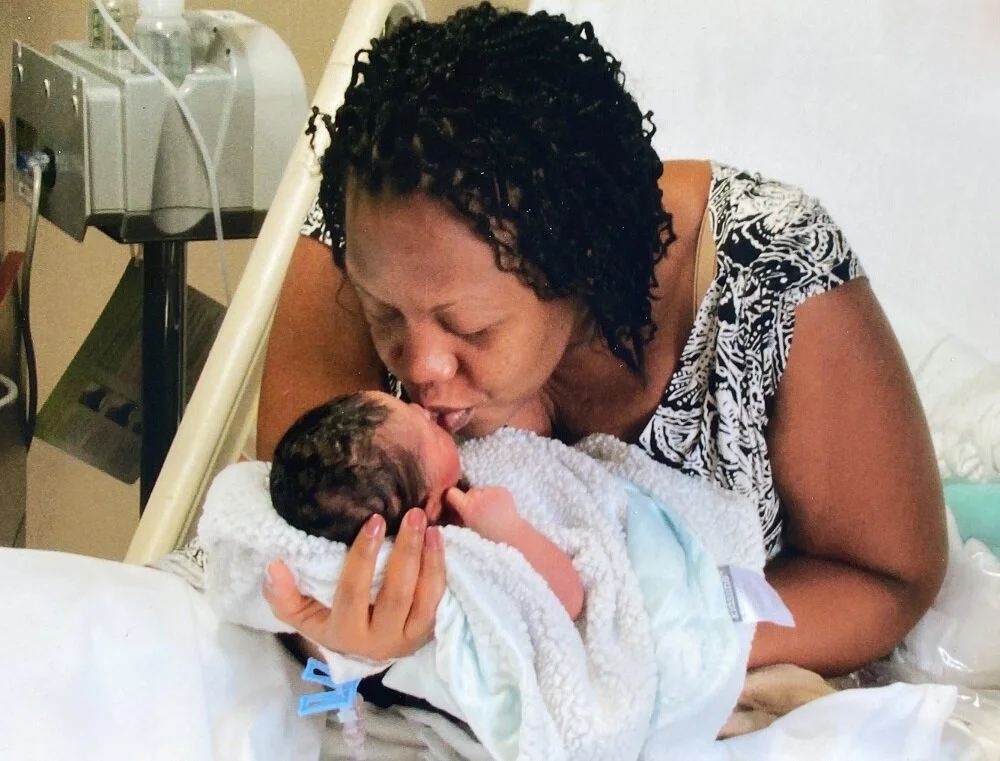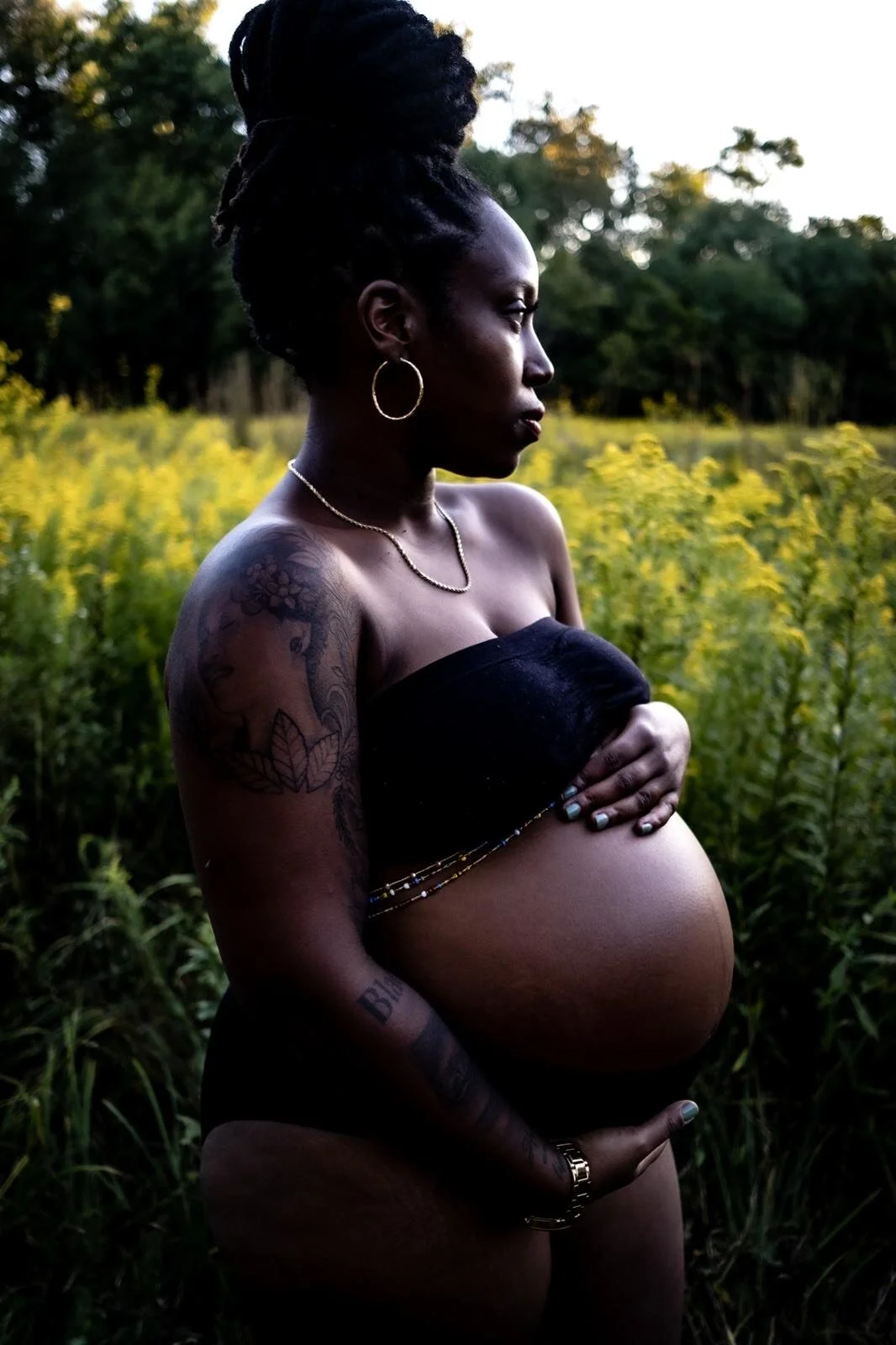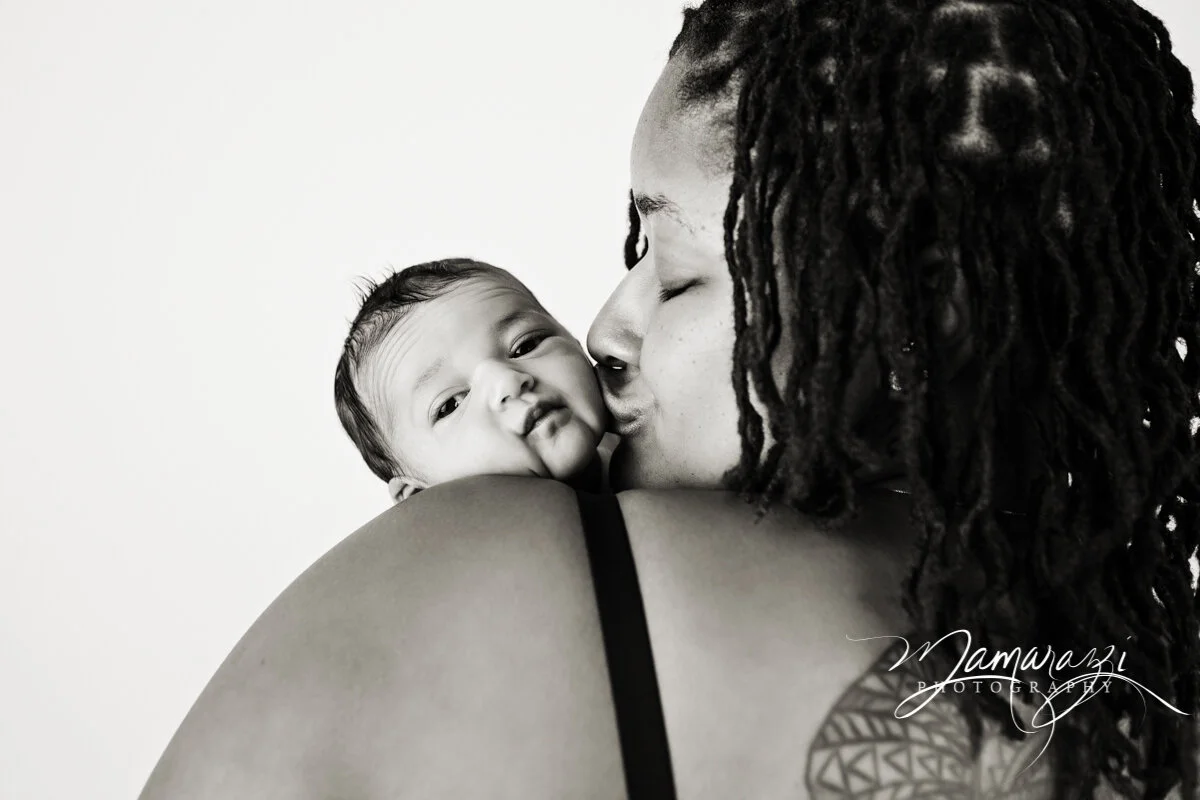Dr. Lauren Collins, a chiropractor, and birthworker tapped into the wisdom and experiences of the families she's supported over the years and empowered her during her homebirth. A birth that was peaceful, intense, and also faster than expected.
The day her labor started, she started to busy herself but again felt led to rest. She eventually became restless and began to move through her contractions. Lauren's doula and husband helped her with position changes and comfort measures. She utilized her home to her advantage to maintain a relaxed state of mind. Allowing is a state of mind that releases our minds from overworking so the body can work during labor according to its design. Her son would come much faster than expected for a first-time birthing parent. The birth team was not there yet as she was "pushy." Realizing her midwife would not make it in time to catch, Lauren tapped into her connection with her son. She said, "Ok, we just have to figure this out now." Her doula Facetimed the midwife to provide virtual support as Lauren successfully delivered her son into her arms in the shower. Lauren credits her preparation with her birthing team and some of the books she read during pregnancy for how she managed her labor despite not marking the typical milestones that she has seen in labors. Allowing space for solitude was vital in keeping her labor moving forward organically.
The difficulty in healing was more challenging for Lauren than the birth itself, partly due to her expectations. Learning to rely on other people as she healed proved to be an important opportunity to learn to give herself permission to seek support. Birth teams are critical to the success and overall positive experience of labor. Access to out-of-hospital birth has some obstacles, but whatever is in your power to control, build your team to meet those needs.
Read More


















